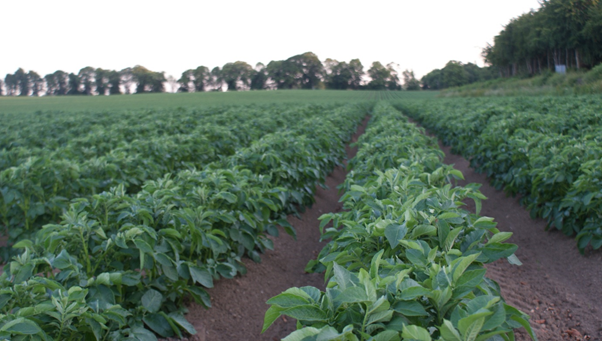Virus management in seed potatoes – May 2020
13 May 2020Potential virus-vector aphids are already flying into crops in England, and the warm sunny weather in Scotland will likely lead to flights into Scottish crops imminently.
Detailed guidance on the management of aphid-borne virus was provided as part of April’s Crop Health Updates.
Summary
- Identify and take action against potential sources of virus such as groundkeepers in adjacent crops and potato dumps. Early roguing of potato plants exhibiting virus symptoms from ware and seed crops, and groundkeepers from non-potato crops is an essential component of virus management in seed potatoes
- Consider the use of cereal strips at field edges to strip virus from aphids moving into crops
- Assess propensity of variety to PLRV or to PVY on the SASA website
- The cumulative appearance of aphids throughout the season can be monitored from the AHDB network of aphid water traps and the UK network of aphid suction traps:
- This information can be used as an early warning system for local areas, and growers are encouraged to use data from both the water traps and the suction traps to gauge the threat from aphids and virus in their area
- Mineral oil adjuvants with a PPP can be applied weekly from early emergence until tuber initiation.
- Aphicide treatments should begin when key aphids are found in traps and continue every 7 days until burning down of the crop.
- When peach-potato aphids appear in traps or crops, include acetamiprid, thiacloprid, flonicamid or spirotetramat in your programme every 14 days
- Monitor regrowth after burning down and consider an aphicide to prevent virus transmission
Guidelines issued by the Scottish Aphid-Borne Virus Working Group, April 2020
Sign up to the FAS newsletter
Receive updates on news, events and publications from Scotland’s Farm Advisory Service


